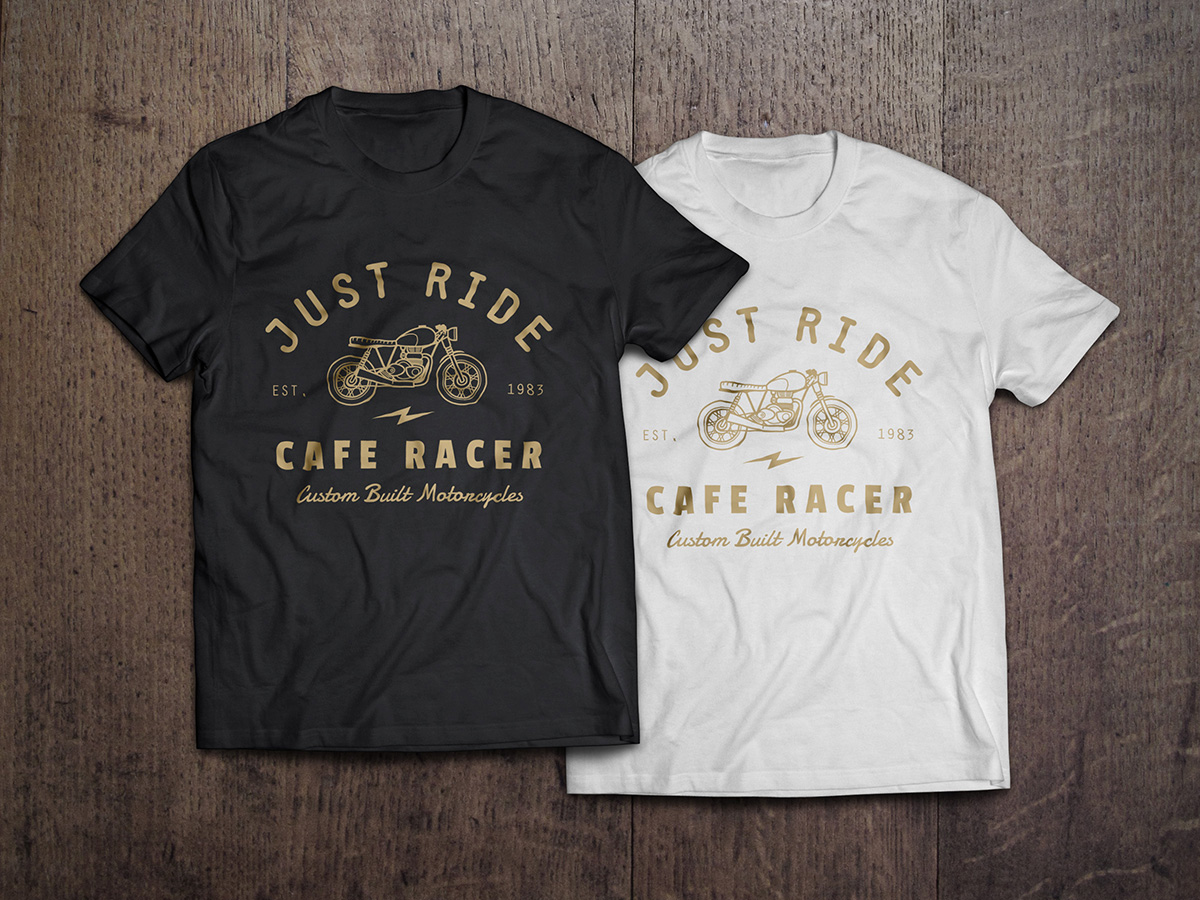
T-Shirt Mockup: A Comprehensive Guide to Front and Back Design
Introduction
In the realm of apparel design, creating mockups is an indispensable tool for showcasing ideas and presenting them professionally. A T-shirt mockup offers a versatile canvas for designers to visualize their concepts on both the front and back, providing a realistic representation of the final product. This comprehensive guide will delve into the intricacies of T-shirt mockup design, exploring various techniques and best practices to achieve stunning results.
Understanding T-Shirt Mockups
A T-shirt mockup is a digital or physical representation of a T-shirt that allows designers to preview their designs without the need for actual production. It provides a realistic simulation of the garment, enabling designers to assess the placement, scale, and overall appearance of their designs.
Types of T-Shirt Mockups
T-shirt mockups come in a wide range of options, each serving specific purposes:
-
Flat Lay Mockups: These mockups display the T-shirt laid flat on a surface, providing a clear view of the entire design.
-
On Body Mockups: These mockups feature a human model wearing the T-shirt, offering a more realistic representation of how the design will look on a person.
-
3D Mockups: These mockups utilize advanced software to create a three-dimensional representation of the T-shirt, allowing designers to rotate and view it from various angles.
Creating High-Quality T-Shirt Mockups
To create high-quality T-shirt mockups, designers should adhere to the following best practices:
-
Choose High-Resolution Images: Use high-resolution images of your designs to ensure clarity and sharpness in the mockup.
-
Use Consistent Lighting: Maintain consistent lighting throughout the mockup to avoid distracting shadows or color inconsistencies.
-
Pay Attention to Folds and Wrinkles: Realistic mockups should include natural folds and wrinkles to simulate the appearance of an actual T-shirt.
-
Consider the Context: Think about the intended use of the mockup and create a setting that complements the design.
Front and Back Design Considerations
When designing for both the front and back of a T-shirt, consider the following factors:
-
Balance and Symmetry: Ensure that the designs on the front and back are visually balanced and symmetrically appealing.
-
Focal Points: Identify the primary focal point of each design and ensure it aligns with the overall concept.
-
Hierarchy of Information: Arrange the design elements in a logical order, with the most important information positioned prominently.
-
Contrast and Color Harmony: Use contrasting colors and hues to create visual interest and draw attention to key elements.
Tools for Creating T-Shirt Mockups
Various tools and software are available for creating T-shirt mockups:
-
Adobe Photoshop: A professional image editing software with extensive capabilities for creating realistic mockups.
-
Figma: A cloud-based design tool that offers easy-to-use features for mockup creation.
-
Canva: A user-friendly online graphic design platform with a library of pre-made T-shirt mockups.
-
Placeit: A specialized mockup generator with a wide selection of T-shirt templates.
Tips for Effective T-Shirt Design
-
Research Your Target Audience: Understand the preferences and styles of your intended market.
-
Keep It Simple: Avoid cluttering the design with excessive elements; focus on creating a clean and impactful visual.
-
Use High-Quality Graphics: Use original and high-quality graphics that enhance the overall appeal of the design.
-
Choose the Right Colors: Select colors that complement each other and align with the desired mood and message.
-
Proofread Carefully: Before finalizing the design, proofread the text for any errors in grammar, spelling, or punctuation.
Conclusion
T-shirt mockups are an essential tool for designers to showcase their ideas and present them professionally to clients and customers. By understanding the nuances of front and back design and adhering to industry best practices, designers can create stunning mockups that accurately represent their vision and effectively convey their message. With the right tools and techniques, designers can elevate their T-shirt designs and achieve exceptional results.
FAQ
Q: What is the purpose of a T-shirt mockup?
A: A T-shirt mockup is a digital or physical representation of a T-shirt that enables designers to preview their designs without the need for actual production. It provides a realistic simulation of the garment, allowing designers to assess the placement, scale, and overall appearance of their designs.
Q: What are the different types of T-shirt mockups?
A: There are three main types of T-shirt mockups:
- Flat Lay Mockups: Display the T-shirt laid flat on a surface.
- On Body Mockups: Feature a human model wearing the T-shirt.
- 3D Mockups: Utilize advanced software to create a three-dimensional representation of the T-shirt.
Q: What are the key considerations when designing for both the front and back of a T-shirt?
A: When designing for both the front and back of a T-shirt, consider the following factors:
- Balance and Symmetry
- Focal Points
- Hierarchy of Information
- Contrast and Color Harmony
Q: What tools are available for creating T-shirt mockups?
A: Various tools and software are available for creating T-shirt mockups, including:
- Adobe Photoshop
- Figma
- Canva
- Placeit
Q: What are some tips for effective T-shirt design?
A: Some tips for effective T-shirt design include:
- Research Your Target Audience
- Keep It Simple
- Use High-Quality Graphics
- Choose the Right Colors
- Proofread Carefully






